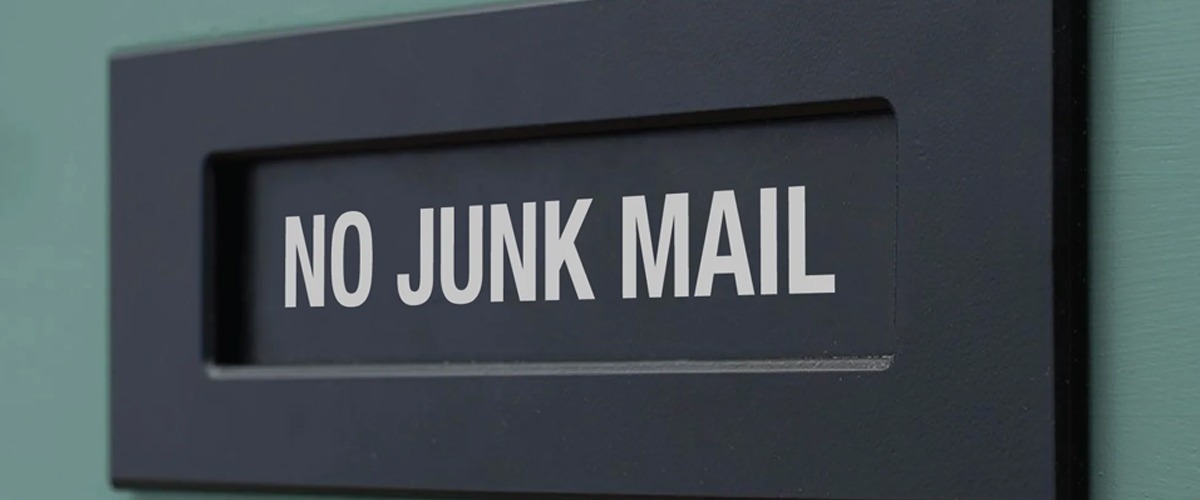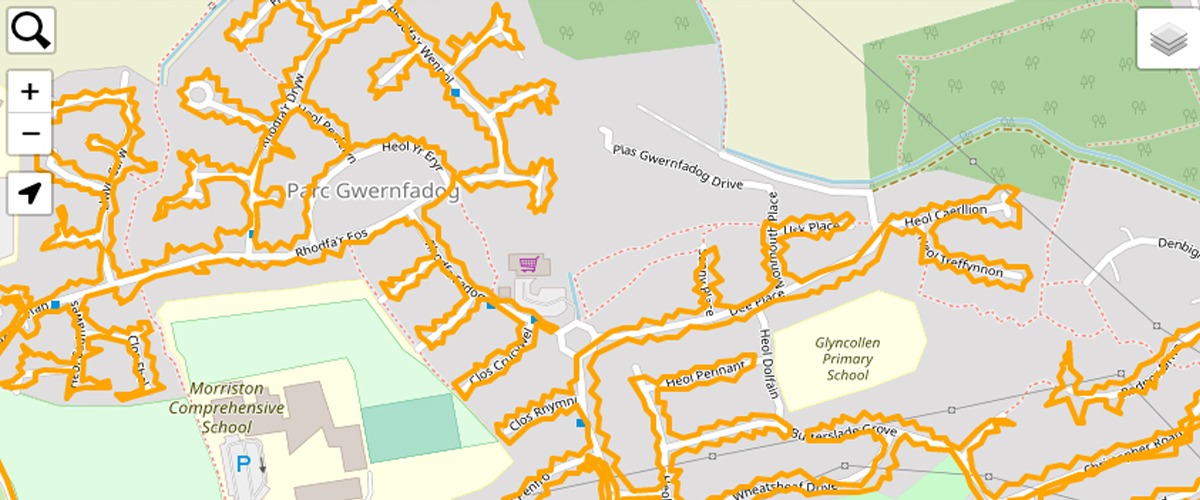If you have ever attempted to deliver leaflets yourself, you will know that it can be extremely difficult. Whether you are delivering in pouring down rain or in hot summer weather, it can be a hard job.
Some areas may be full of terraced houses and can be very quick to get a few thousand leaflets delivered in a small amount of distance. Other areas have long gardens and driveways which each deliverer must walk back and fore to deliver the flyers. On some streets, houses have large stairways up or down to them.
When you are a leaflet deliverer with an ethical distribution company, you would have been given training and rules. In these rules, the deliverers are instructed to never jump over a wall between houses. This is to protect the deliverer from hurting themselves or even damaging a resident’s property. This means that the deliverer will have to walk up and down every driveway or staircase at the front of the property.
Opening and closing gates is another aspect of the properties that will slow deliverers down. It seems like such a quick and simple task but over a full day this can influence the time it has taken to distribute leaflets.
In the rules that a deliverer will have to abide by, it will note that you cannot deliver a leaflet to a house with a no junk mail sign on the front. The deliverers will usually not be able to see this from the outside of the house and will have to walk right up to the door to find out that they cannot even put a leaflet through the letterbox. Extremely frustrating when you have walked up a long driveway.
The leaflets that are being delivered can have an impact on the speed it takes to deliver and how difficult of a run it is for the deliverer. Some flyers are often very thin and are difficult to push through letterboxes, which can slow down distribution dramatically. Some booklet style materials can often weigh a lot, and this can make the day of a deliverer more difficult than usual. Carrying around a heavy weight is something that can take its toll by the end of the day. The deliverer will also need to return to the car or van a lot to top up the stock they are carrying, slowing them down with the distribution.
Letterboxes on properties will vary throughout the area that a deliverer is operating in. Some are easy to push flyers through while others are very tough and may need two hands to do. This will slow deliverers down if they are having to stop and put their bundle of flyers between their legs, then play around with a letterbox.
When on a distribution run you will often have areas that you love to go to and others that you loathe. Reasons for disliking areas can include large hills which the deliverers have to climb or spaced-out houses such as country roads. These can be demanding on the deliverer physically.
Residents within areas are also a strong cause for concern when delivering as they can become hostile towards the deliverer. This can be as they did not want the leaflet, or they dislike the company who is on the advert. In some cases, there are just people in that area who will choose to abuse a leaflet deliverer for no reason whatsoever.
As stated here, the life of a leaflet deliverer can be extremely difficult. Every deliverer must be physically fit to be able to carry out their duties and be confident going to some areas.
Being a leaflet deliverer does come with its positives, however. Having a job that is outdoors and able to be carried out without a huge amount of thought can be quite calming. Some deliverers will put their headphones on and listen to music to help speed up the day.
A lot of leaflet deliverers will be self-employed and will also be paid for the quantity they deliver. This can be rewarding as some areas with street after street of terraced houses on the pavements can be delivered to in no time at all. Meaning you can get a few thousand leaflets out in one day. When it comes to the money the deliverer earns from this, it can work out at over £100 a day.
In easier areas, the leaflet deliverer might be told that they have a certain amount of quantity. If this is done quickly it can also result in an early finish for them, which is always a nice outcome.
Leaflet delivering can also be a flexible job and you could work it alongside studying. A lot of leaflet deliverers are retired and choose to do it to get out of the house or earn a bit more money.
As with any job, being a leaflet deliverer comes with its positives and negatives. Leaflet deliverers can go through a lot to get a clients’ leaflets delivered on time and should always be respected for how hard they work.










